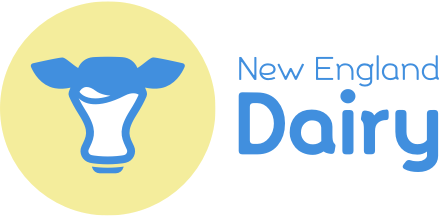
How long can milk maintain its quality after opening? You’ve probably faced this question in the past, and you might be surprised to find out that the date on your milk doesn’t necessarily indicate that it’s unsafe to drink.
Food product dating regulations vary in each country, and they are commonly found on perishable foods such as meats, poultry, eggs, and dairy products. According to the National Sanitation Foundation, 78% of consumers report throwing out milk and other dairy products once the date on the label has passed. This post is intended to explain what the dates on your milk really mean and how long your milk can last past the use-by-date.
Dates on Dairy Products:
Except for infant formula, product dating is not required by the United States Department of Agriculture (USDA). Label regulations vary from state to state. The majority of manufacturers provide dating on their products to help consumers and retailers decide when food is of the best quality. Products are often dated in one of two ways:
- Use-by-date: This date gives an estimated period of time for which the product will be of the best quality. It is commonly found on fresh foods like dairy products, meat, and packaged produce.
- Production date: This date is often represented as a code or as a series of numbers printed on the label, and it identifies the date and time of production of the product. This type of date is usually found on canned goods and shelf-stable items.
It is important to know that according to USDA, there are no uniform or universally accepted descriptions used on food labels that have a “use-by-date”. As a result, there are a wide variety of phrases used on labels to describe quality dates, for example:
- “Best if Used By/Before” date: Indicates when a product will be of best flavor or quality. It is not a purchase or safety date.
- “Sell-By” date: Tells the store how long to display the product for sale for inventory management. It is not a safety date.
- “Use-By” date: Is the last date recommended for the use of the product while at peak quality. It is not a safety date except for when used on infant formula as described below.
- A “Freeze-By” date: Indicates when a product should be frozen to maintain peak quality. It is not a purchase or safety date.
Safe Handling of Milk Products:
Regardless of the printed date on your milk, the best way to determine whether milk is spoiled is with a simple sniff test. Spoiled foods will develop an off odor, flavor, or texture due to naturally occurring spoilage bacteria. If milk has developed such spoilage characteristics, it should not be consumed.

Refrigeration is key in maintaining milk safety. Some practices that could help you keep the quality of your milk involve:
- Unless it’s shelf-stable, place milk in the refrigerator as soon as possible after purchase.
- Keep your refrigerator temperature between 38°F (3°C) and 40°F (4°C).
- Store your milk in the back of the refrigerator, this is usually the coldest.
- After use, always tightly seal and quickly return the carton to the fridge. Warm temperatures allow bacteria to grow, spoiling the milk.
Bottom Line:
Confusion over the meaning of dates applied to food products can result in consumers discarding milk before it goes bad.
The dates you find on dairy products can give you an idea of how long this unopened food product will remain at peak quality and freshness. However, this does not indicate that your milk is no longer safe to drink. Milk is generally still safe to consume after its “use-by-date”, assuming it has been stored correctly since purchase.



